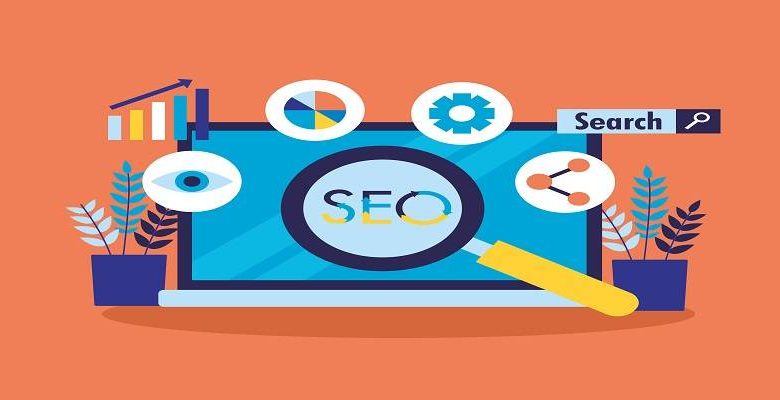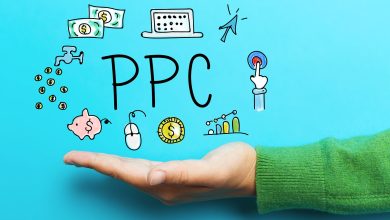On-page SEO checklist: Things you need to consider

Suppose you’re having trouble getting new organic site traffic or want to boost your current traffic. In that case, it’s time to rethink your SEO strategy. It’s easy to become overwhelmed by SEO, especially with so much information available and so many different perspectives on what should be prioritized. On-page SEO can assist you. First, make an on-page SEO-Checklist and go through each list item if you’re not noticing much of a difference. Then, examine whether you’re on track or whether there’s room for improvement.
Let’s look at what on-page SEO is and how to use it to obtain the best results from your efforts:
What is on-page SEO?
Optimizing web pages for related keywords to boost search visibility and traffic is known as on-page SEO. It entails aligning keywords with page-specific components such as headings, title tags, content, and internal links.
Why is on-page SEO so crucial?
Suppose you want search engines to reward you with page-one visibility. In that case, you must take your on-page SEO approach seriously. However, over the past two decades, a lot has changed. While Google still looks for keywords in your content, keyword stuffing is no longer effective because it degrades the user experience.
On-page SEO user-focused characteristics will become more significant as the Google search algorithm becomes more complex. On-site SEO allows search engines to comprehend your content. Further, this will help rank the most relevant URLs for specific queries when done correctly. On-page optimization also provides organization and clarity, which users will appreciate.
Let’s look at some specific on-page SEO recommended practices with that in mind.
Checklists for on-page SEO
Let’s start by categorizing the points based on some of the most important factors to consider, such as content production and user experience, technical on-page SEO, and site speed. Following that, we may focus on the primary highlight points one by one. So, let’s get this party started:
Content Marketing & User Engagement
Google and other search engines consider the user experience when determining a site’s rating. For example, Google believes factors like duration on the page, bounce rate, and pages visited per session when deciding whether or not to send potential site visitors your way. As a result, the following are some of the factors you should consider while creating content to attract users:
- Using simple and short sentences will improve the user experience by making text easier to read.
- Check to see whether you’ve copied and pasted significant chunks of text across numerous pages of your site. According to our SEO Mistakes, over 45 percent of websites had duplicate content on some pages, and 50 percent had duplicate titles. This will not result in a penalty, but it will signal search engines that your website is of little or no value to your readers, which they will not appreciate.
- Using graphics to break up text is a good idea. Including relevant images, graphs, or screenshots in your blog article not only makes it easier to read or skim but also helps to explain the point you’re making.
- Keep paragraphs to a maximum of two or three sentences. This will make it easier to read your material.
- Putting crucial information near the top of a page keeps readers interested for more extended and urges them to read more.
- Break up your material using sub-headers: Header 1 should contain the page title, whereas Header 2 should include the following level headers, and so on.
- Include videos in your blog posts. Google returns at least one video in 55% of all queries. Providing numerous methods to consume content delivers a terrific experience for everyone.
SEO Marketing
First, look over all of your site’s technical On-Page SEO aspects. It will take time to audit and update these areas across your site, especially if you have a large website with any information. Still, it is critical to the rest of the tactics:
- Are you making use of an SEO plugin? Make optimizing your content more accessible, optimize titles and meta descriptions, and guarantee that your material is SEO-friendly before you post it.
- Do you have a site map? Google will use a sitemap to determine the best approach to crawl your site and the most significant pages. Google Search Console can be used to submit a site map.
- Use a clean URL. All of your pages should have a clean URL structure, and the URL should include the page’s goal keyword.
- Your page title should contain your target keyword and be no longer than 70 characters long. Further, your meta description should have your keyword and provide information about the page. It shouldn’t be more than 300 characters long.
- Do Alt tag optimization. Google uses alt tags to figure out what an image is and what it represents. Use proper alt tags to describe photos in the content of your page.
Site Loading Time
The average time it takes for your website to load can impact its search engine ranking. Google favors sites that load quickly because it understands that no one likes to wait for a place to buffer. This is why:
- Reduce the size of your image. Reduce the amount of data that has to be downloaded when a page is loaded by using the minimum image resolution/size possible.
- Use picture compression. If you’re using WordPress, Smush or ShortPixel can help you optimize your photos for upload speed. If you’re using a different CMS, you can also use a service like Optimizilla to compress image files.
- Check your site’s speed frequently to confirm that the modifications you’ve made are improving it.
- If your site is still loading slowly, you may need to upgrade to a premium shared hosting plan or a dedicated hosting plan.
These are the most critical aspects of on-page SEO to consider. But, aside from that, there are a few points on which you should focus your attention:
Internal Linking
Internal linking may be a smart location to start helping your sites be found if you don’t have time to go deep into link development. These links lead from one page on your site to another. It aids in the understanding of your site’s structure by search engines and allows users to navigate between relevant pages.
Semantically Related Words and Keywords
This accomplishes two goals: It confirms to the searcher that this page is indeed relevant to their query. It also sends the same positive message to Google, which might enhance your page’s ranking.
Material marketing is the process of creating content on your website to increase your internet presence using this simple strategy.
Crawlability
Check to see if your website is restricted from being crawled; otherwise, all of your SEO efforts will be for naught. To do so, make sure you’re not doing any of the following things, which could make crawling difficult:
- Links that are broken
- Internal linkages are insufficient.
- A clean sitemap.xml is missing.
- Implemented a noindex tag
Mobile-Friendliness
Responsive design and mobile website development, on the other hand, take time and effort. It’s not something you can complete in a single day, but it’s well worth your time. In addition, since Google officially shifted to mobile-first indexing in 2020, mobile-friendly websites have significantly prioritized mobile SERPs.
Finally, here is a checklist to follow for blog optimization:
Make an appealing title, create a URL with the desired keywords, and Make your meta helpful description. Within the first 100-150 words, use your target keywords. Use H1 to H6 subheadings in descending order to organize your text. Videos, GIFs, and photos can help keep visitors interested in your content. Additionally, make the material simple to read and comprehend. Make your text more attractive by including internal links, avoiding duplicates, and ensuring that Google’s crawling bot can find your post. Finally, make the article page mobile-friendly so that your audience can read it on the go. SEO is playing an important role in the healthcare sector too. Many healthcare digital marketing company in India are working hard on study of SEO.




